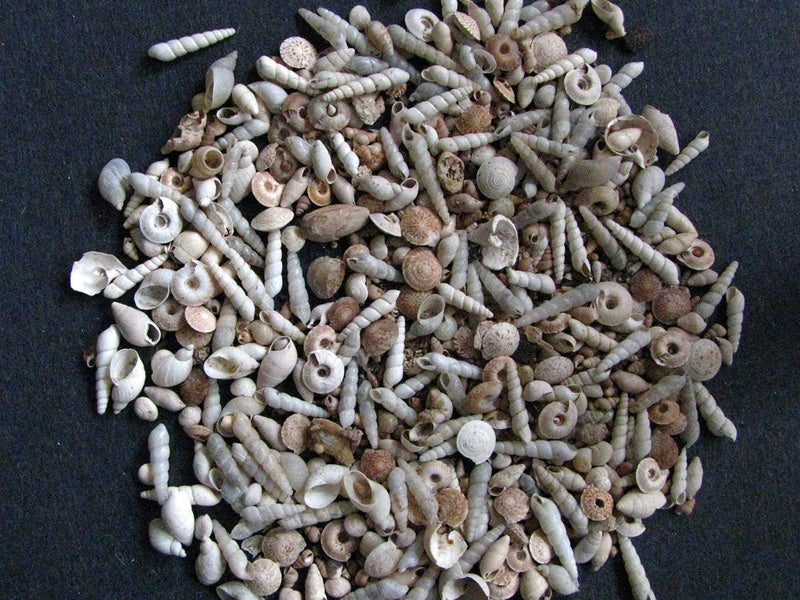No Species Is Exempt from Our Current Extinction Crisis
Recent studies show invertebrates, which constitute up to 99 percent of the world’s biodiversity, may not be getting enough attention as they struggle to avoid extinction.

This page was published 10 years ago. Find the latest on Earthjustice’s work.
What’s the difference between an invertebrate and a vertebrate? The answer has to do with more than just anatomy.
Two recent studies (one published in June of this year and the other in July) have found that previous research on extinction rates may be downplaying the current global extinction crisis by focusing only on vertebrate species. Vertebrates are all animals with a backbone. Birds, mammals and reptiles all fall into that category, whereas insects and other small, multicellular creatures make up the invertebrate group.
The scientists behind these recent studies were concerned that the leading authority on extinct and endangered species worldwide, the International Union for the Conservation of Nature (IUCN), which publishes a “Red List” of imperiled species, has not paid enough attention to invertebrates. While invertebrates may be physically small, they make up somewhere between 95 and 99 percent of all species on the planet. However, the IUCN has evaluated less than 1 percent of these species.
The researchers conducted their own surveys. They found that worldwide, 10 percent of a sample of 200 known land snail species has gone extinct since the late 1700s, yet the IUCN has evaluated just nine of those 200 snail species. The study published in July looked specifically at Hawaiian land snails, showing that of 325 known species, 131—approximately 40 percent—are now extinct. The IUCN reports that only 33 are extinct.
This isn’t the first time scientists have called attention to the growing extinction crisis among invertebrates. In 2012, the Zoological Society of London released a report, this time in conjunction with the IUCN, evaluating 1,500 known species of invertebrates. The scientists found that one in five of the world’s invertebrate species are threatened with extinction. The most vulnerable are freshwater invertebrates such as crabs, 34 percent of which are threatened. Habitat loss, pollution and competition from invasive species are the largest threats to invertebrates.
The authors of all these invertebrate studies are working to highlight the fact that we still don’t understand the full extent of the current extinction crisis. Yet even without a comprehensive picture of the problem, experts agree that extinction rates have not been as high as they are today since the dinosaurs were wiped out 65 million years ago.
Luckily, here in the United States we have the Endangered Species Act as a safeguard against extinction. The act has successfully brought species such as the bald eagle, the gray whale and the American alligator back from the brink of extinction. However, this bedrock environmental law is under attack in Congress, as some members attempt to block vital protections for imperiled species and their habitats, while also trying to undermine key parts of the law, such as citizen enforcement. For species large and small, with and without a backbone, add your voice to the chorus of those who want to protect the Endangered Species Act—our best defense against the extinction crisis—from political attacks.
Established in 1989, Earthjustice's Policy & Legislation team works with champions in Congress to craft legislation that supports and extends our legal gains.